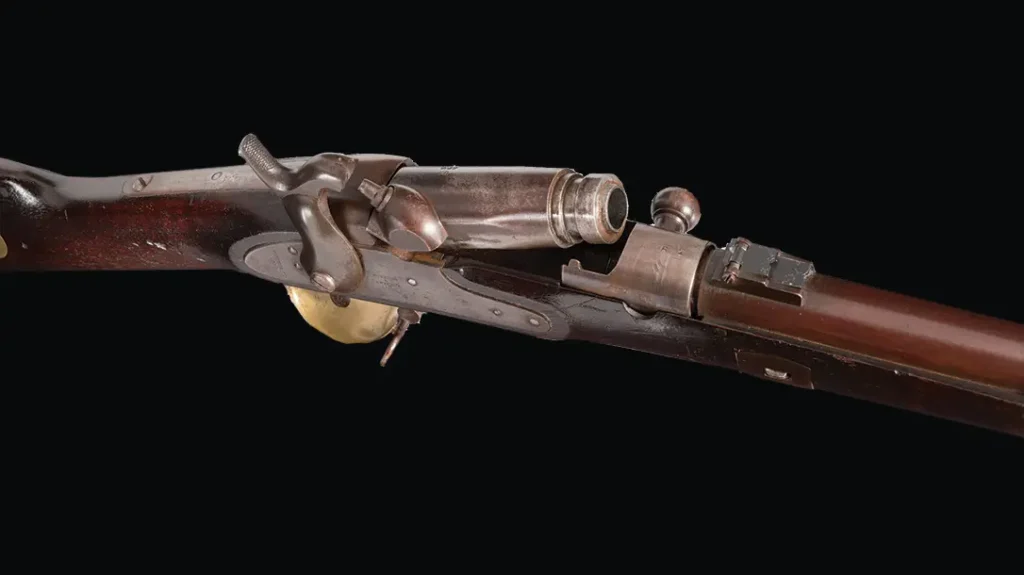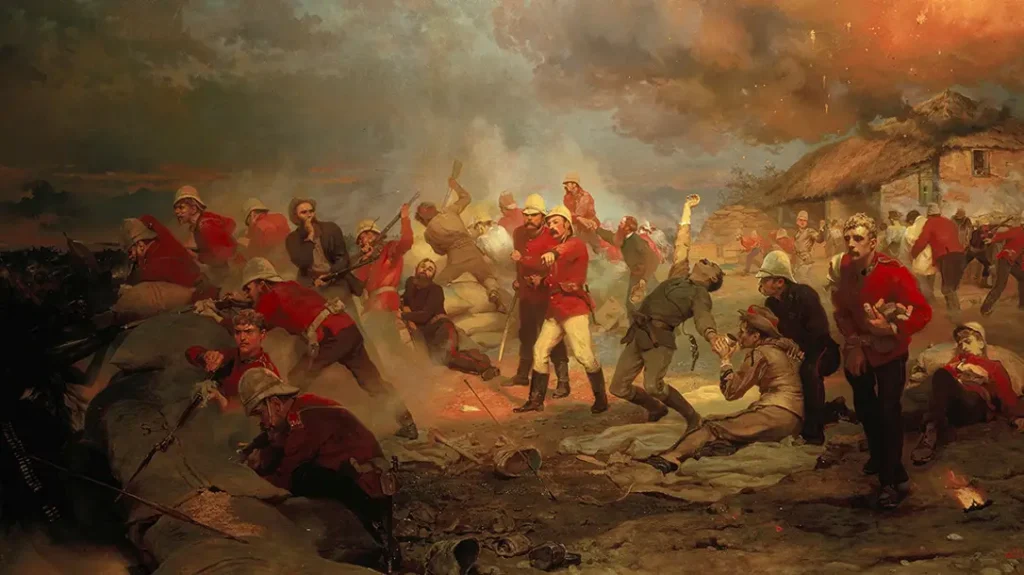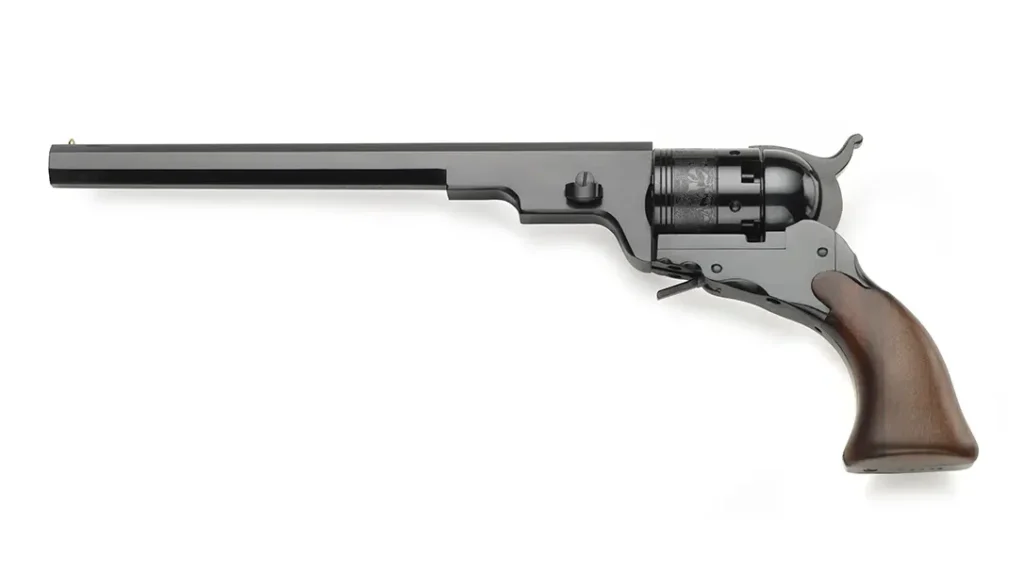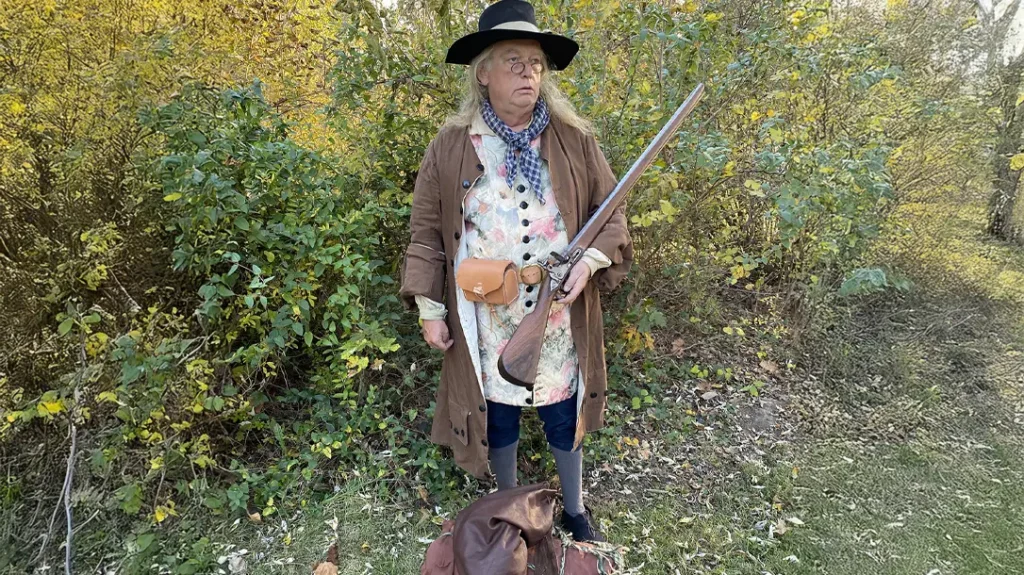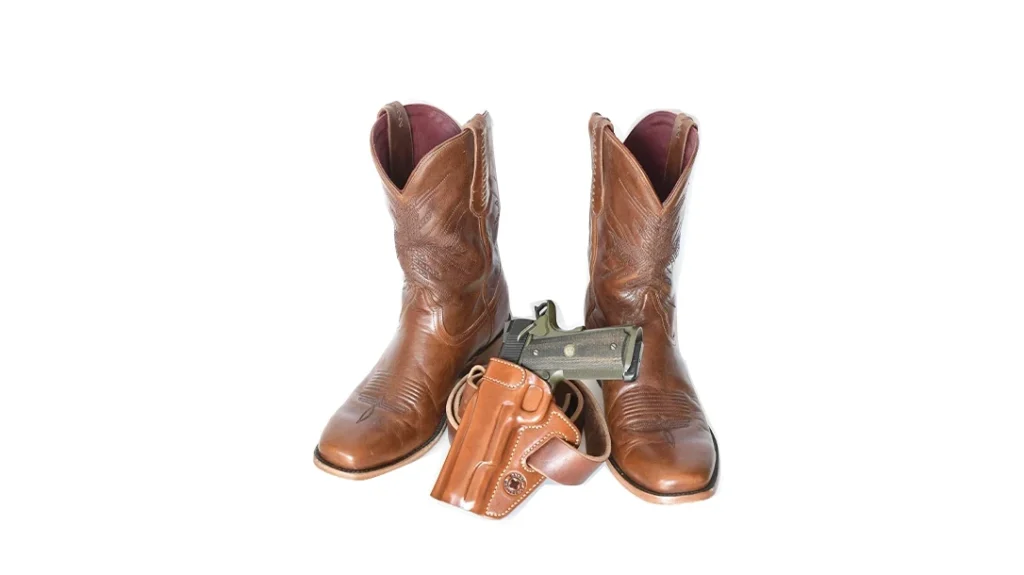This post was originally published on this site.
Throughout history, firearm designs have failed. Some were poor designs. Some were vastly ahead of their time but failed to overcome the public’s preconceived notions. Some lacked the marketing horsepower to succeed. And some “looked good on paper” but failed to achieve full production status due to difficulties in executing the design. I suggest that many of the most innovative developments in the advancement of small arms occurred between 1800 and 1900. For most, these are the unknowns.
The Unknowns – Firearms That Never Survived History
From black powder to smokeless powder, from flintlock to percussion caps, from rimfire to centerfire, from single-shot breechloaders to lever-action repeaters and gas-operated machine guns, and from revolvers to magazine-fed semi-automatic pistols, all of these advancements occurred between 1800 and 1900, often creating situations where the technology outpaced the designs.
Let’s face it, the technology behind gunpowder, cartridges, and the basic operation of today’s firearms has not progressed significantly since the days when our country was in the midst of its westward expansion. However, like the pioneers, many of these guns never made it to settling the West. A few of these were the Roper Revolving Shotgun and the whole bevy of Confederate revolver clones from the Civil War era.
Advertisement — Continue Reading Below
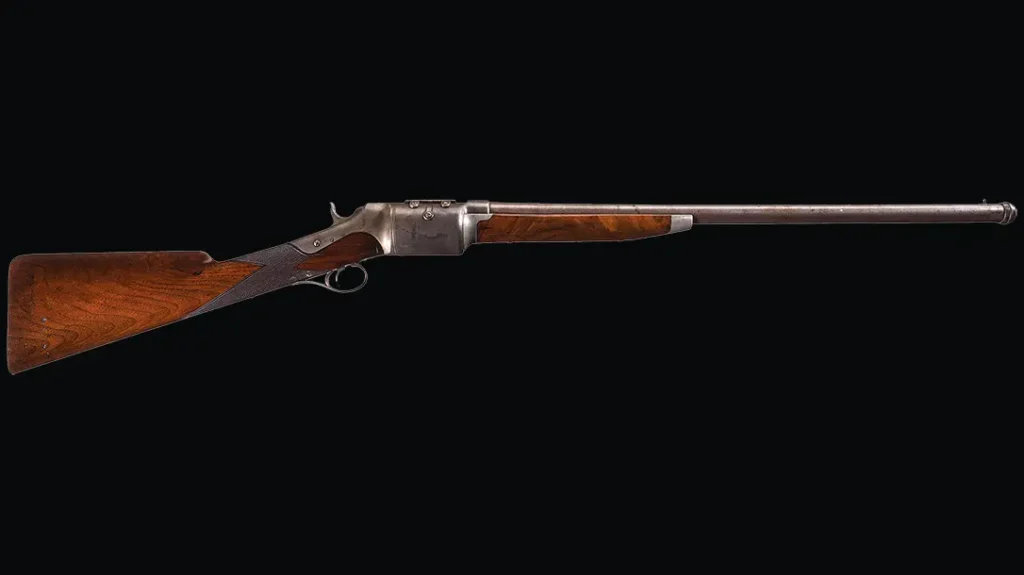
The Roper Revolving Shotgun
During my research on the Roper Revolving shotgun, I discovered there is very little known about the Roper Revolving shotgun. Sylvester Roper designed the unique firearm and received his patent on April 10, 1866. The first production began in 1867 at the Roper Repeating Rifle facility in Amherst, Massachusetts. Roper later moved to Hartford, Connecticut, and produced the shotgun under the Roper Sporting Arms moniker. Serial numbers began with number 1 at each facility, which is evident from the fact that they stopped counting them, as no other serial records or total production numbers appear to exist.
The Roper is truly a unique shotgun design. It uses a rotary cylinder to house four reloadable steel cases. Only 12- and 16-gauge models were produced. Early models had a percussion cap pressed over a nipple, whereas later versions utilized a recessed pocket to accept a primer. Its cycle of function most closely resembles an open-bolt firing sequence. The hammer is cocked, drawing the bolt rearward as it rotates and aligns the next cartridge with the chamber. Pulling the trigger released the hammer and bolt, stripped a shell from the rotary carrier, and then fired it once the chamber was loaded and the bolt was completely closed. Re-cocking the hammer extracted the spent shell but did not eject it from the chamber. It remained on the carrier while a fresh shell was rotated into place.
Advertisement — Continue Reading Below
Difficult Reload
Assuming your components and loading techniques were in order, this process worked four times in a row before a serious reload was required. To recharge the Roper, each spent shell must be manually removed from the carrier and replaced with a loaded one. Still, it was faster (at least three times) than the singles and doubles of the period.
The most innovative part of the Roper design was its screw-on chokes. Yes, that’s right. Not the PolyChoke patented in 1920 or the Cutts Compensator of 1927 (which later morphed into interchangeable chokes), but a functional screw-on choke system for shotguns was the patented invention of Sylvester Roper on July 14, 1868. This critical improvement certainly outlasted his revolving shotgun. Production ceased in 1876.
Civil War Confederate Revolvers
What is patent law? Most small-arms manufacturers of the Confederacy chose to disregard existing patent protections in the interest of speed and efficiency. Many relied upon brass components, particularly frames, due to the shortage of iron and steel. However, like most Confederate revolvers produced, each had subtle cosmetic and/or mechanical differences due to smaller-scale manufacturing or possibly a Southern style.
Advertisement — Continue Reading Below
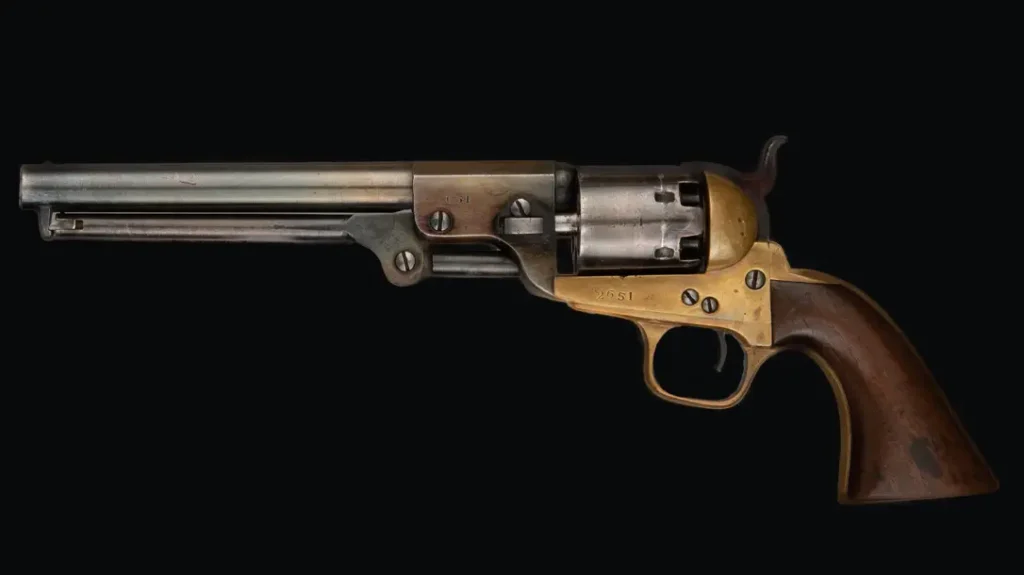
Griswold Revolver
The Griswold and Gunnison revolver was essentially a Colt 1851 Navy. Approximately 3,700 Griswold revolvers were produced, making them the largest supplier of revolvers for the South during the war.
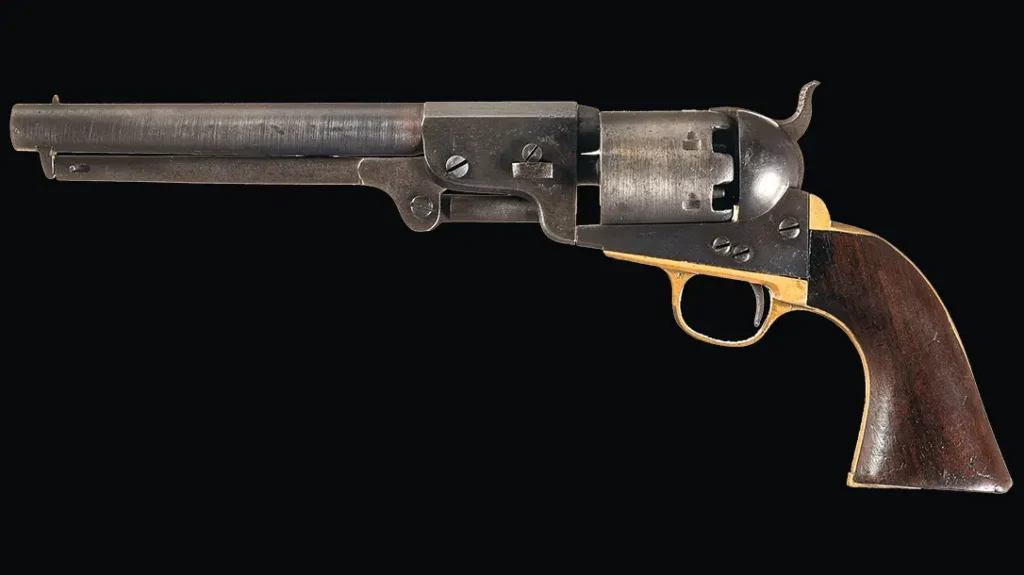
Advertisement — Continue Reading Below
Leech and Rigdon Revolver
Thomas Leech and Charles Rigden partnered in 1861 to produce Confederate cavalry swords in Memphis, TN. Production was moved as Union forces closed upon the city. Finally settling in Greensboro, GA, they focused on producing revolvers for the Confederacy. Their design was also a close copy of the 1851 Navy, but with an octagonal-top barrel housing similar to the Colt Dragoon.
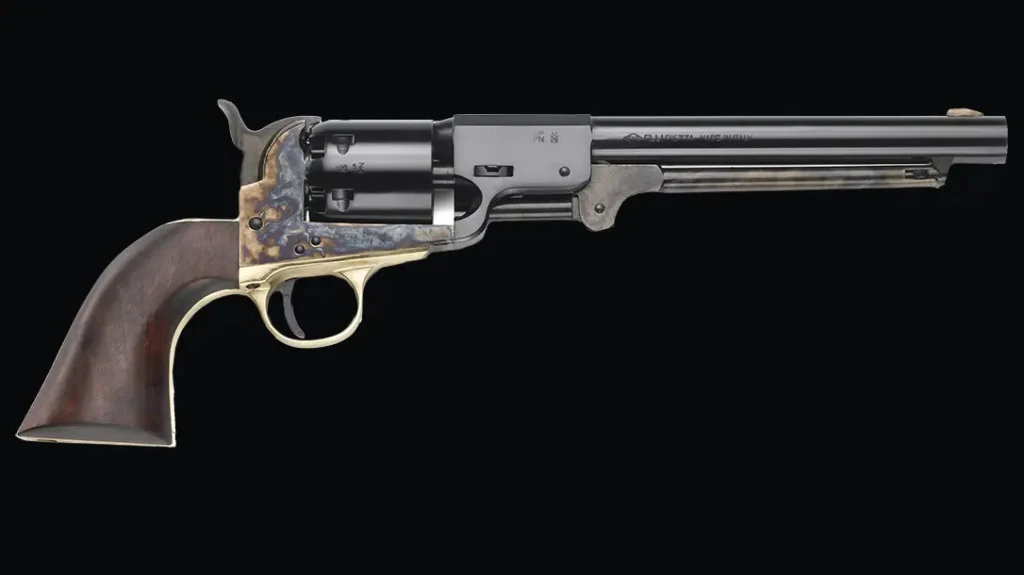
Dance and Brothers Revolver
J.H. Dance and Brothers were a Texas outfit. They chose the Colt Dragoon, an updated version of the famous revolver that Sam Colt designed in collaboration with Samuel Hamilton Walker of the Texas Rangers, as the basis for their patent law violation. ‘Confederate Handguns,’ by Albaugh, Benet, and Simmons, lists the highest known serial numbered Dance and Brothers revolver as 324, making these revolvers extremely rare.
Advertisement — Continue Reading Below
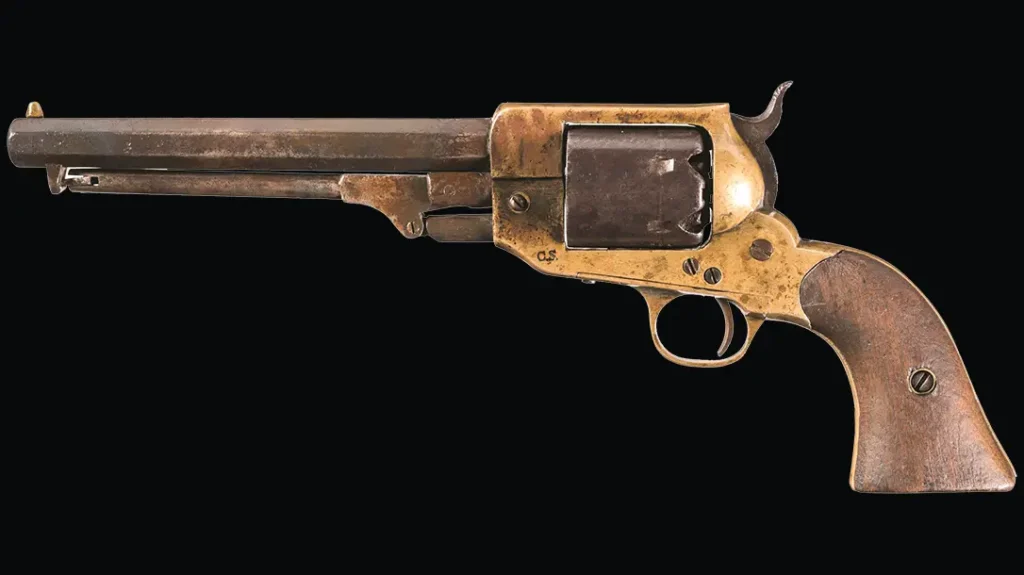
Spiller and Burr Revolver
ILt. Col. James H. Burton, Edward N. Spiller, and David J. Burr opened a factory in Richmond, Virginia, with the intention of manufacturing revolvers for the Confederacy. “Circumstances” forced them to relocate to Atlanta, Georgia. Spiller chose a rugged yet easy-to-produce (aka copy) design, the Whitney Arms Company Navy, as the basis for the Spiller & Burr revolver. The Spiller & Burr’s distinctive solid brass frame is easily distinguished from the original, and the Whitney’s steel cylinder was replicated in iron for the Spiller and Burr due to shortages of raw materials in the South.
Failure to Launch
The failure of these revolvers to succeed in the commercial marketplace was not a result of faulty designs, but a direct result of the end of the war. Some consider these “copies” superior to the mass-produced Colts. Regardless, they remain some of the most sought-after revolvers of the period. However, in the broader context of firearms history, I feel compelled to include them in the Firearms Failure column.
Advertisement — Continue Reading Below
The Unknowns
As to the Roper revolving shotgun’s failure to meet market demands, I suggest the pump-action shotgun be placed in the failure-due-to-technological-advances category. When Christopher Spencer, designer of the famous Spencer rifle, partnered with Roper and introduced their patented pump-action shotgun in 1882, a little-known designer of the time sought to improve upon the concept. This 1893 Winchester was later improved to become the 1897. John Moses Browning designed both—end of story for the Roper.
WHY OUR ARTICLES/REVIEWS DO NOT HAVE AFFILIATE LINKS
Affiliate links create a financial incentive for writers to promote certain products, which can lead to biased recommendations. This blurs the line between genuine advice and marketing, reducing trust in the content.
The post The Unknowns – Guns Lost in History appeared first on Athlon Outdoors Exclusive Firearm Updates, Reviews & News.
